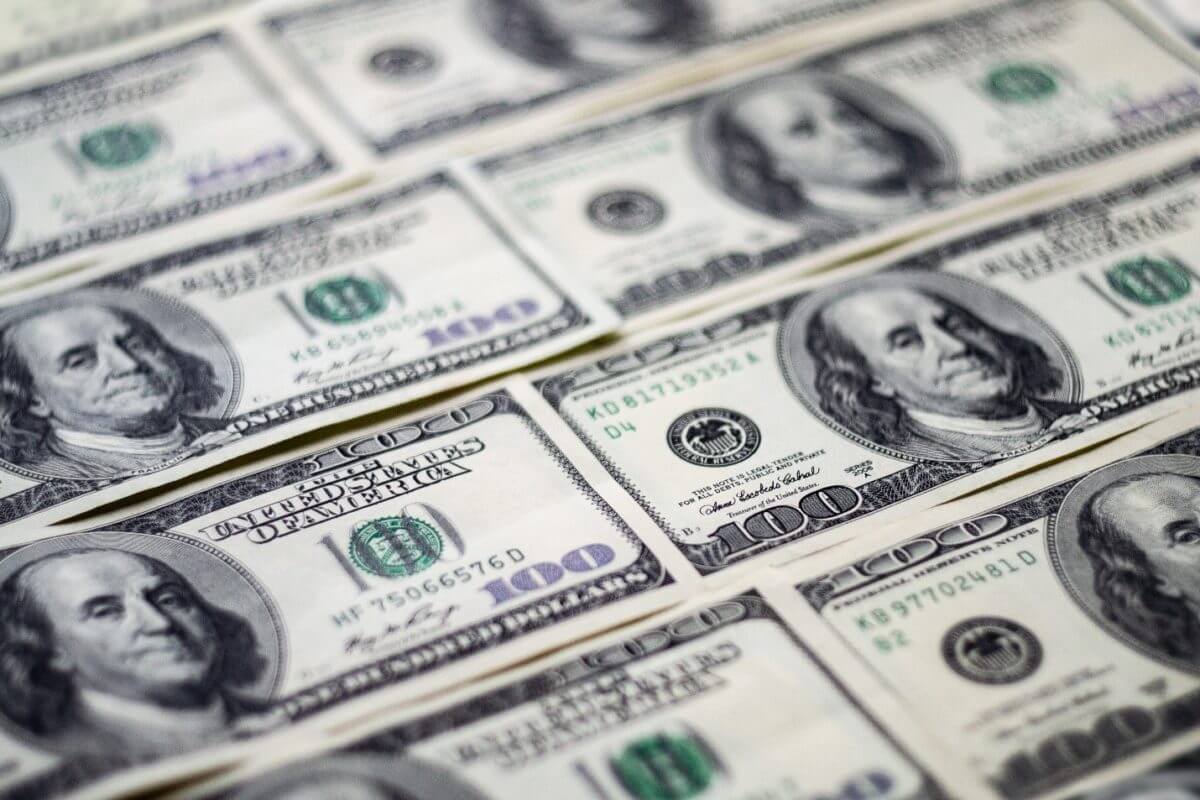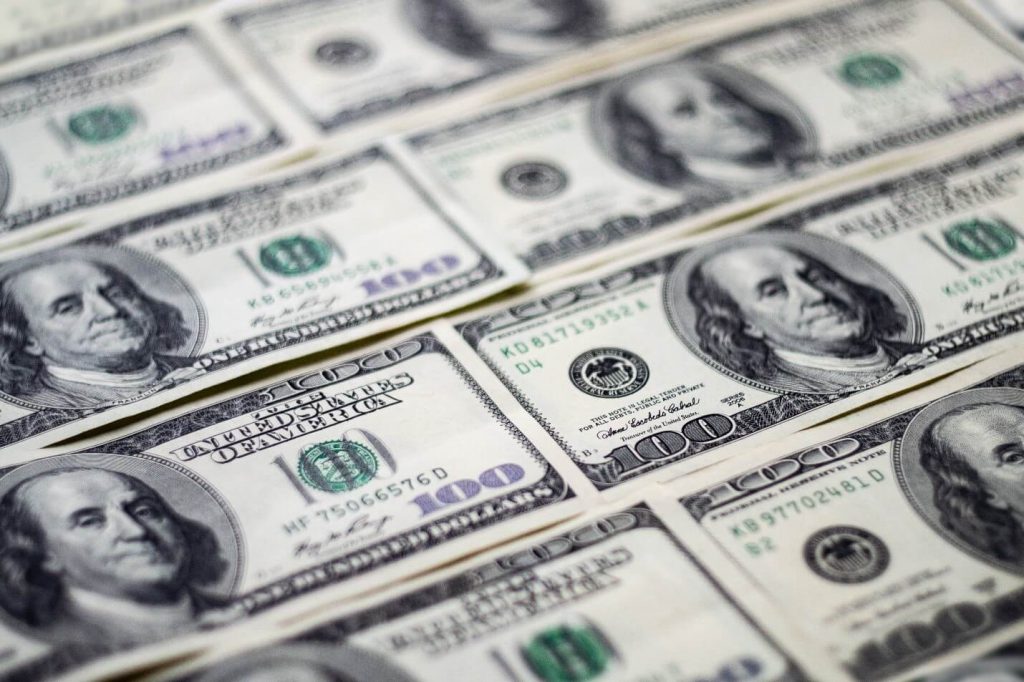
The U.S. Dollar Remained Elevated
The U.S. dollar stayed strong versus key rivals on Wednesday, following its greatest overnight gain in three weeks, with Federal Reserve policymakers exciting the possibility of future aggressive interest rate hikes.
The dollar rose against the safe-haven yen, extending its greatest gain in six weeks. U.S. Treasury rates recovered after House Speaker Nancy Pelosi’s visit to Taiwan was received with a strong, though not unprecedented, the response from China.
The New Zealand dollar fell after the country’s unemployment rate unexpectedly rose. Australia’s currency fell as well.
The U.S. dollar index, which measures the currency’s strength against six major peers, including the yen, was 0.05 per cent higher at 106.50, after regaining 1% overnight after falling to an almost one-month bottom of 105.03.
Currencies
After rising 1.2 per cent on Tuesday, the dollar jumped 0.51 per cent to 133.84 yen. It had dropped to an almost two-month low of 130.40 earlier in the day.
Benchmark long-term Treasury rates, which closely track the dollar-yen pair, were about 2.75 per cent in Tokyo, staying close to overnight highs after a 14 basis point jump.
On Tuesday, San Francisco Fed President Mary Daly and Chicago Fed President Charles Evans emphasized that they and their colleagues are steadfast and “fully united” in raising interest rates to reduce economic activity considerably.
The euro fell 0.1 per cent to $1.01555, while the pound fell 0.12 per cent to $1.2144.
The Australian dollar fell 0.44 per cent to $0.689, extending a 1.52 per cent drop from Tuesday, when the country’s Reserve Bank raised the benchmark rate by half a point, as predicted, but left the door open to reducing the pace of tightening.
The New Zealand dollar fell 0.58 per cent to $0.62185 following a surprising increase in the unemployment rate to 3.3 per cent in the second quarter when economists expected it to fall to 3.1 per cent.


